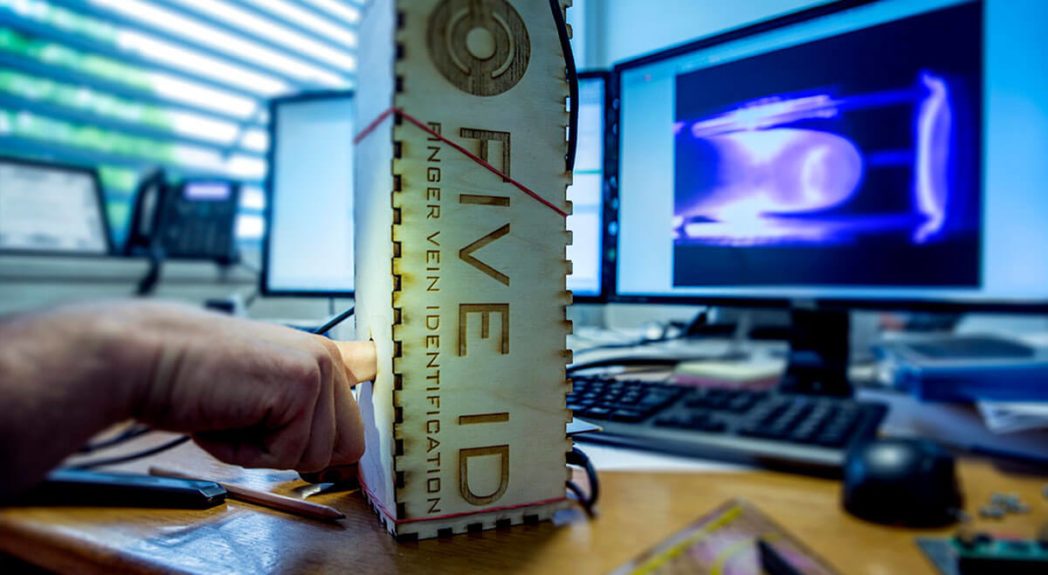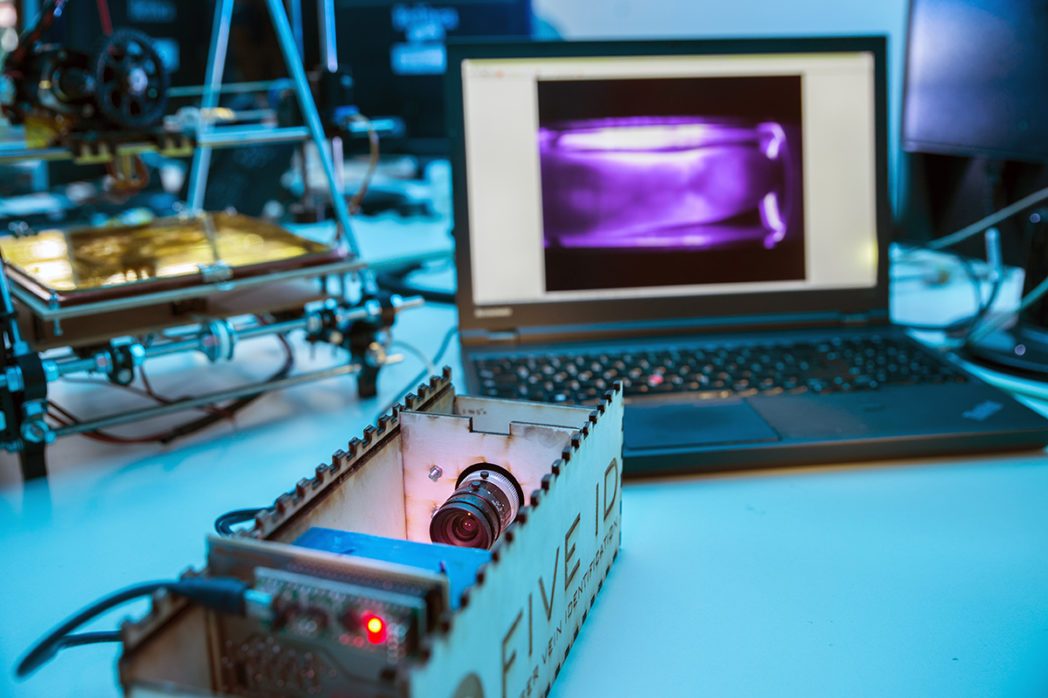
Vascular biometrics is an important aspect of the security research conducted by Andreas Uhl, Deputy Head of the Computer Science Department and Director of the Multimedia Signal Processing and Security Lab at the University of Salzburg. Alongside his team and more than 12 partner institutions from the United Kingdom, Germany, Poland, and France, he is working on biometric modalities in border control as part of the EU project PROTECT. Uhl leads the area of vein and security technology, contributing to the field of iris biometrics.

ATMs with Vein Recognition
Unlike fingerprints, vein-based biometric traits are less susceptible to environmental influences, making them more robust and less easily forged. Tests have shown that common smartphone fingerprint sensors can be cracked within two weeks. Even the traditional ATM PIN is considered insecure. “Credit card institutions accept the low level of security as long as the damage is not too high,” says Uhl. In Japan, vein-based biometric authentication is already used in ATMs, and the bank Barclays in the UK uses it for home banking. However, biometric security technology is still in its infancy. “We don’t know much yet. There are few independent studies on the robustness in cold and other challenging recording conditions,” says Uhl. The computer scientist is researching how such technology would fare in the Austrian banking environment in a project with social scientists. “We are examining how a biometric security feature would be received by the population instead of a PIN code,” says the expert.
ATMs would need to be equipped with corresponding modules, and bank customers would have to store their personal traits. One important aspect is the protection of biometric traits against theft because “if a database containing biometric traits is stolen, legitimate users cannot prevent their traits from being used.” In case of loss, the trait would be lost and cannot be changed like a password. However, there are technologies that can store altered traits. “In these systems, the traits are combined with a key in the form of a PIN code. In the event of data loss, the keys used are changed, rendering the lost data worthless. For me, this is the key to secure biometric usage.”
This might also interest you
6. March 2025
salz21: Necessary Steps for the Future
On March 5, 2025, salz21 | Home of Innovation once again provided a platform for future topics, innovations, and interdisciplinary exchange. More than 1,000 visitors took the opportunity to learn about current developments and discuss perspectives for tomorrow. Three topics were particularly dominant: climate protection, artificial intelligence, and a strong Europe.
6. September 2024
Franz-Benjamin Mocnik researches the communication of places.
In Salzburg, there is an exciting digitization research project: Franz-Benjamin Mocnik is studying the communication of places for the Faculty of DAS.
12. August 2024
SBS: One Software for Many Self-Service Devices
As a leading provider of banking software in Salzburg, SBS is now exploring new markets. The company remains true to its core segment by offering manufacturer-neutral software for self-service devices in additional sectors.
30. July 2024
Meissl: Updating Established Structures
There is a great deal of know-how, technology, and experience in umbrellas—especially those built by Meissl. With the support of funding, the company has also made significant progress in the digitalization process.